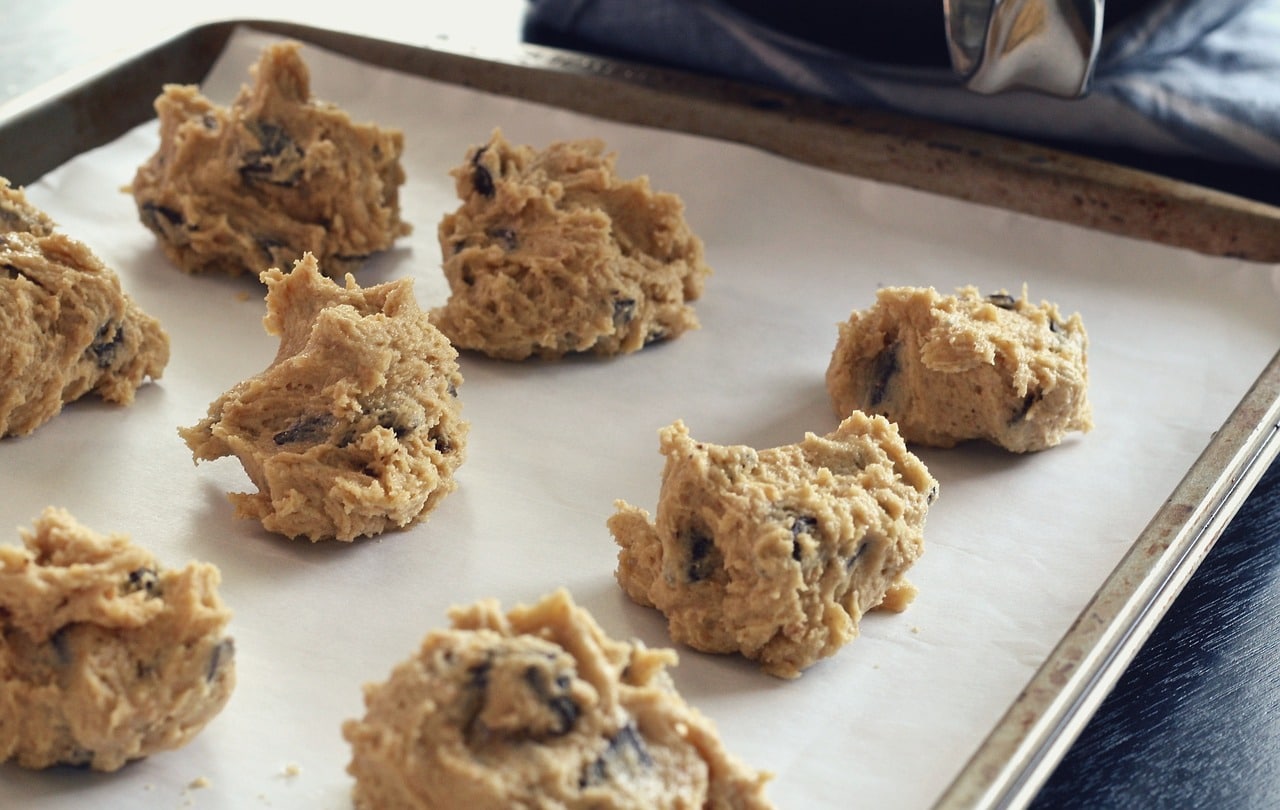Parchment paper is a piece of essential baking equipment. Aside from its nonstick properties, parchment paper can also be heat resistant which is very useful in cooking. Parchment paper is identifiable in two types: bleached and unbleached. A parchment paper is considered bleached if it has a distinct milky white color, while the unbleached variants are on a lighter brown hue.
Lining your baking sheet is an important step for specific recipes. Pastries, cookies, and some casseroles require a parchment paper lining to remedy the uneven distribution of heat across the baking liner. The parchment paper will be the thin, air-like layer that directly prevents the food from touching the heated baking sheet.
What Does Line with Parchment Paper Mean?
Baking will be more efficient if you consider lining your baking pan with parchment paper. The lining is a baking term that involves placing a liner above a baking pan and sheet. A liner should be a flexible material suitable for baking that will serve as a vessel to reduce extra cleaning and for easier removal. Parchment paper, one of the few liners, can be placed inside a baking pan or baking sheet without the fear of burning or affecting the food’s flavor, aroma, and texture.
Lining parchment paper is only limited to polygonal-shaped pans. Bundt-type and specialized muffin pans cannot be lined with parchment paper. To line a parchment paper on a cookie sheet, you need to measure the cookie sheet’s exact size and lay it flat.
If using a rectangular pan, crease the edges to create a crisscross pattern until it fits the pan’s actual shape. Overhangs can be snug right in and around the baking pan to prevent it from shaking. The same method also works with square-shaped pans.
For circular baking pans, you may trace the diameter of the pan then cut accordingly. The second method includes folding the baking paper into 8-triangular angles and cutting the upper part directly. This produces a perfect circle that doesn’t require any tracing.
Do You Have to Line Baking Sheets with Parchment Paper?
Lining your pans with parchment paper will prevent the food from sticking to the surface and may also be turned into a chic “handle” to transport baked foods into a cooling rack easily. Certain recipes require using parchment paper since it is a heat-resistant and nonstick material.
Lining baking sheets with parchment paper is not entirely necessary. It could be substituted with various materials like aluminum foil, cooking spray, and silicone baking mat. It can also be discarded for some specific recipes (like pizza and toast). The primary benefit of lining your baking sheets with parchment paper is that it requires lesser cleaning, and it can also serve as a “paper handle” that is ideal in moving the baked goods away from the pan.

